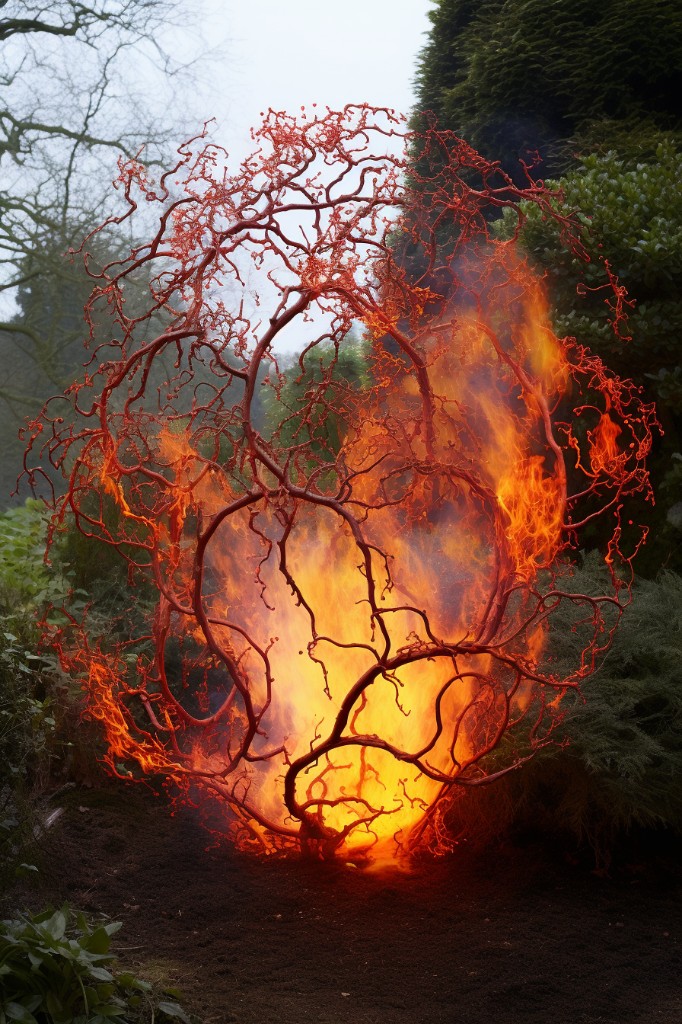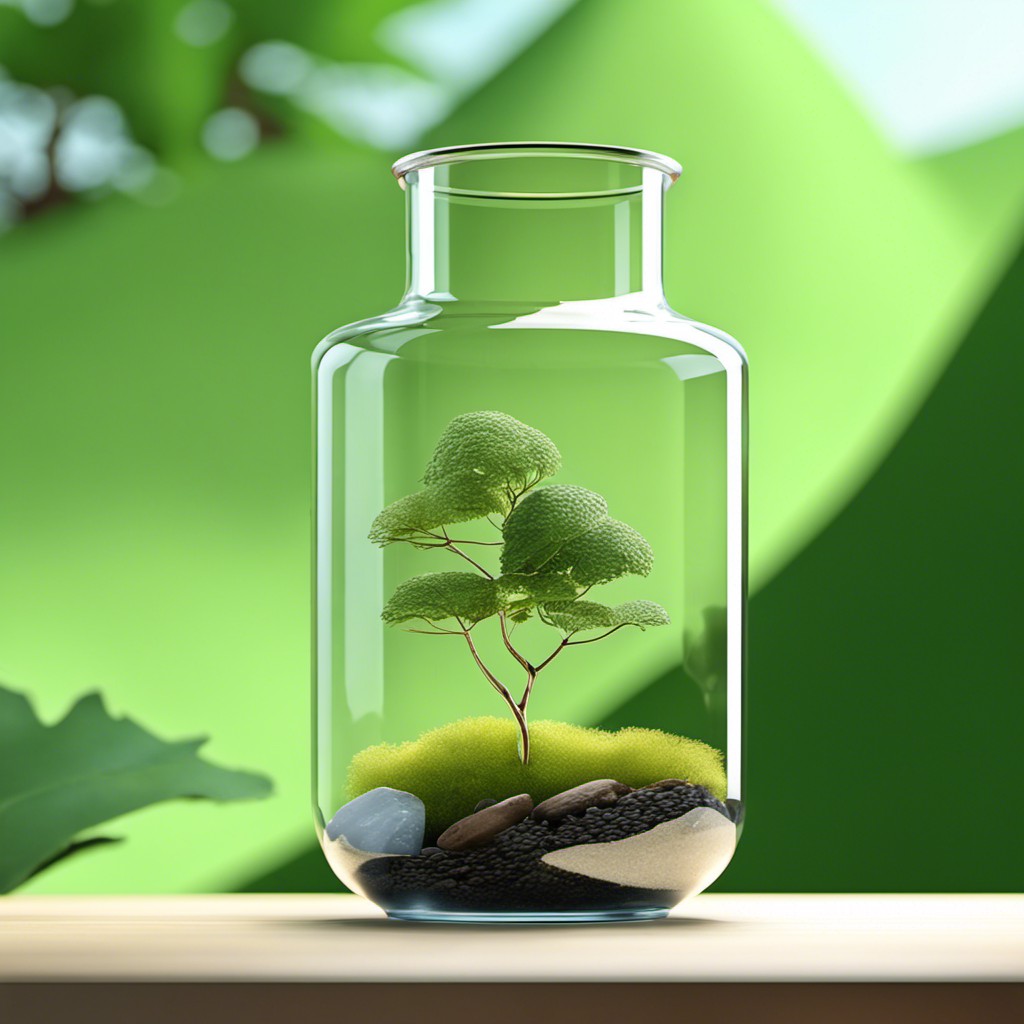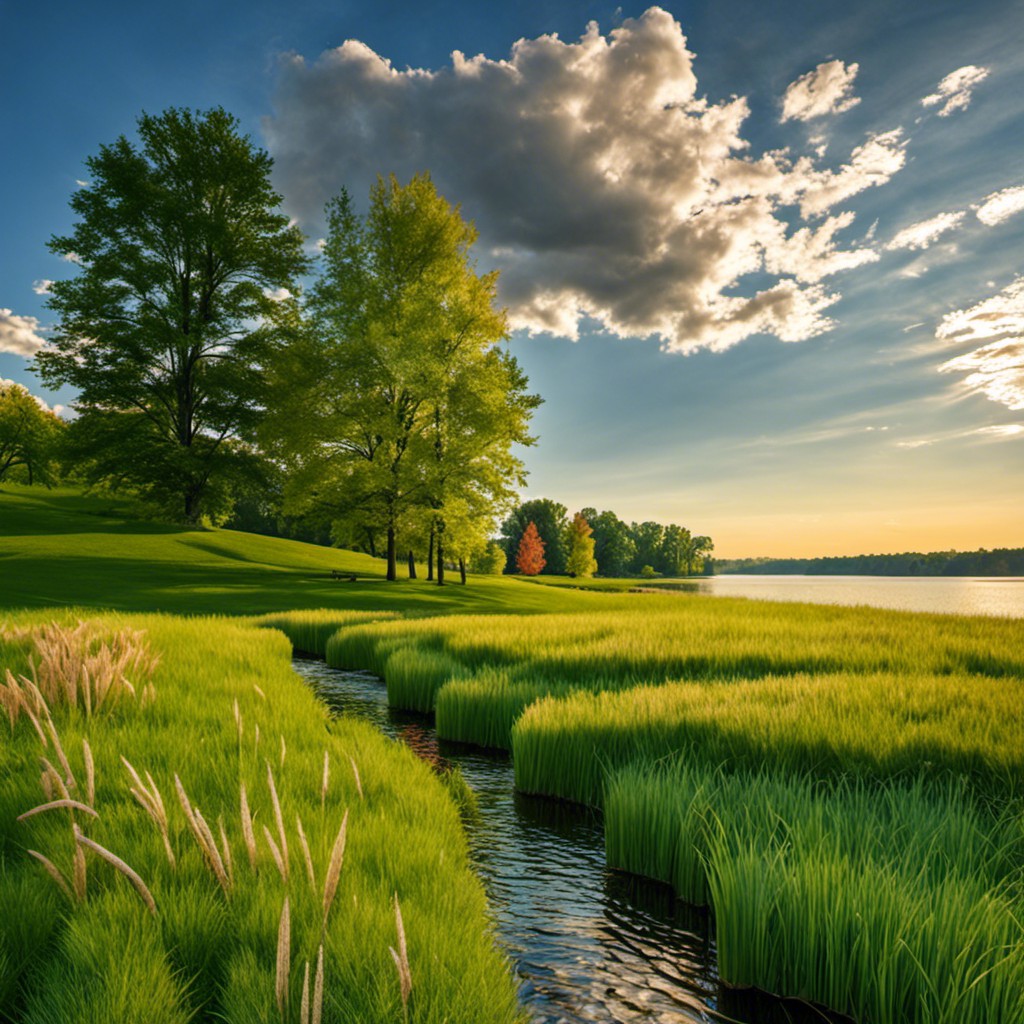Last updated on
Explore the fascinating world of boxwood alternatives as we unveil stunning, low-maintenance plants that perfectly complement your garden’s aesthetic.
Welcome to my latest blog post! Today, we’re going to talk about a classic element in home decor – boxwood. It’s a beautiful plant that adds a touch of elegance and sophistication to any room.
However, as much as we love the look of boxwood, it can be quite expensive and difficult to maintain. But don’t worry! I’ve got you covered with some fantastic alternatives that will give you the same aesthetic without breaking the bank or requiring constant upkeep.
So, if you’re ready to learn about some creative ways to incorporate boxwood into your home decor without using actual plants, keep reading!
A. Boxwood Blight Explained
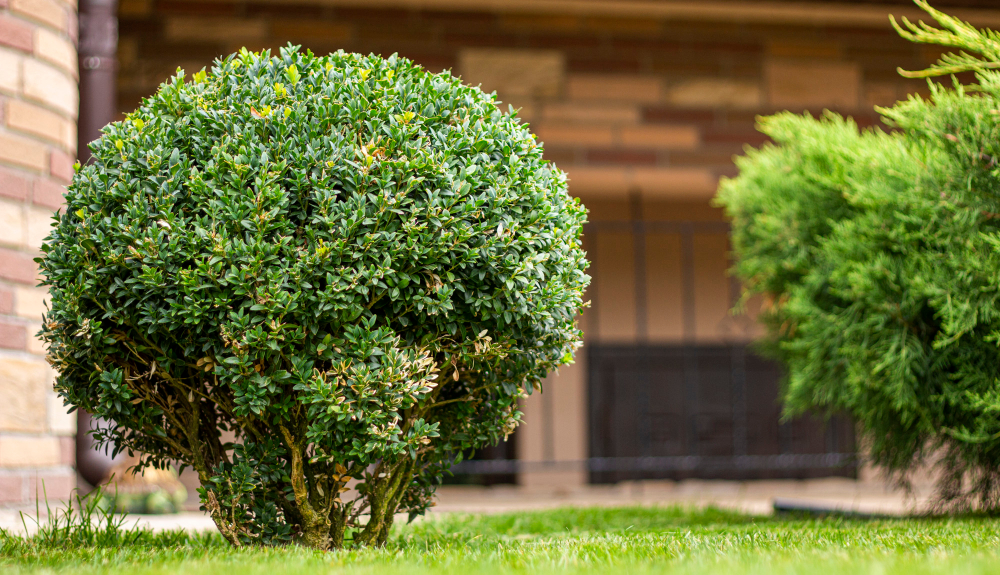
Boxwood is a popular plant that has been used for centuries in gardens and landscapes. However, in recent years, boxwood blight has become a significant problem for gardeners and landscapers alike.
Boxwood blight is a fungal disease that affects the leaves and stems of the plant, causing them to turn brown or black and eventually die off.
The fungus can spread quickly from one plant to another through water droplets or contaminated tools. Unfortunately, there is no cure for boxwood blight once it infects your plants; infected plants must be removed immediately to prevent further spreading.
If you’re concerned about boxwood blight affecting your garden but still want the classic look of this beautiful shrubbery element – don’t worry! There are plenty of alternatives available that will give you similar aesthetics without risking infection by this destructive disease.
B. Evergreen Boxwood Substitutes
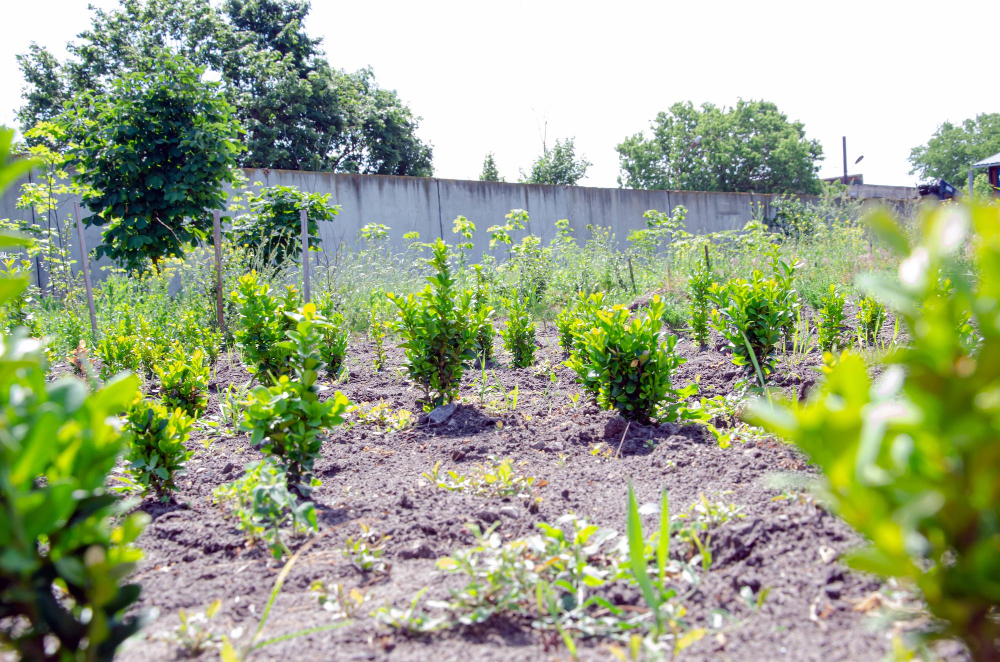
One great option is the Japanese holly (Ilex crenata), which looks very similar to boxwood but is more resistant to pests and diseases. Another excellent choice is the dwarf Alberta spruce (Picea glauca ‘Conica’), which has a pyramidal shape and can be pruned into various shapes.
For those who want something with a bit more color, consider using heather plants (Calluna vulgaris). These plants have beautiful pink or purple flowers that bloom in late summer and fall, adding some much-needed color during those months when most other plants have stopped blooming.
Another great evergreen substitute for boxwood is the Korean Boxwood (Buxus microphylla var. Koreana).
This plant has small leaves that resemble traditional English Boxwoods but it’s much hardier than its counterpart making it perfect for colder climates.
There are many different types of evergreens that make excellent substitutes for boxwoods in your garden or home decor projects.
C. Deciduous Boxwood Alternatives
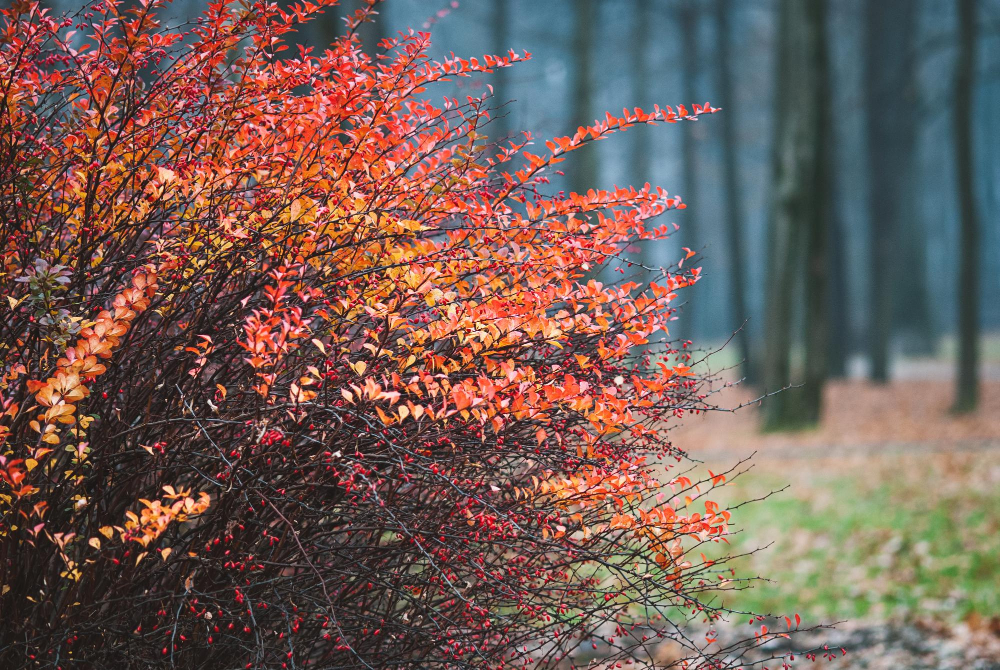
These plants offer a unique texture and color to your garden while still providing the same level of privacy and structure as boxwood.
One great choice is the Japanese barberry (Berberis thunbergii). This plant has small, oval-shaped leaves that turn from green to red in autumn.
It’s also incredibly low-maintenance and can tolerate drought conditions.
Another fantastic option is the dwarf fothergilla (Fothergilla gardenii), which produces fragrant white flowers in spring before turning shades of yellow, orange, and red during fall. This plant thrives in acidic soil with good drainage but can adapt well to different growing conditions.
Lastly, we have ninebark (Physocarpus opulifolius), which boasts stunning foliage colors ranging from deep burgundy to bright gold throughout summer until early winter when it drops its leaves entirely. Ninebark prefers full sun exposure but can grow well even under partial shade if given enough moisture.
D. Top Drought-Tolerant Boxwood Replacements
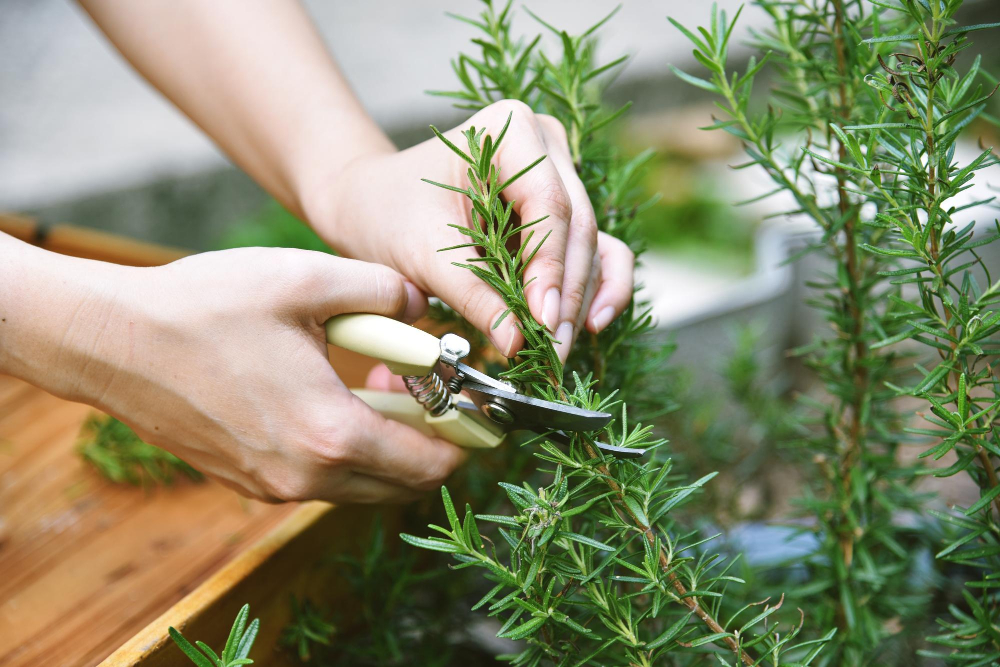
Luckily, there are many boxwood alternatives that can withstand long periods of heat and little water. Here are some top picks for drought-resistant shrubs to replace your beloved boxwoods:
1. Rosemary: This fragrant herb has needle-like leaves that resemble those of a boxwood plant but require much less water.
2. Lavender: With its beautiful purple flowers and silvery foliage, lavender makes an excellent substitute for low hedges or borders.
3. Barberry: These hardy shrubs come in a variety of colors and sizes and can tolerate both drought conditions as well as cold temperatures.
4. Yucca: Native to the southwestern United States, yuccas have spiky green leaves that add texture to any garden while requiring minimal watering.
5. Juniperus chinensis ‘Blue Point’: This evergreen conifer has blue-green needles arranged in dense clusters making it perfect for creating privacy screens or formal hedges without the need for constant watering.
E. Best Cold-Hardy Boxwood Alternatives
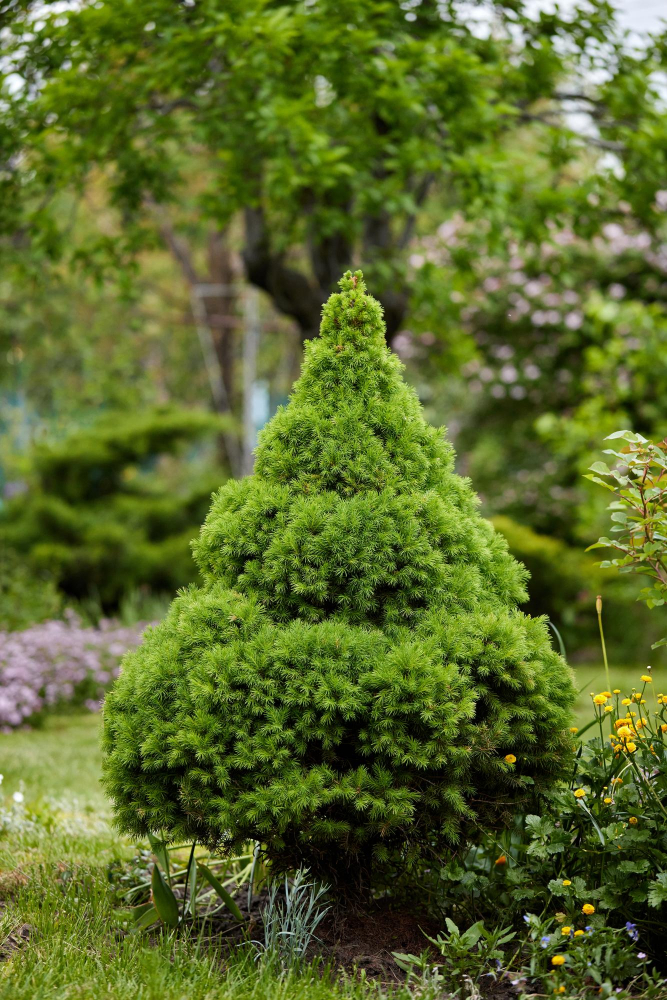
Luckily, there are several boxwood alternatives that can withstand even the coldest temperatures. Here are some of the best options:
1. Dwarf Alberta Spruce: This evergreen shrub has a similar shape and texture to boxwood but is much hardier and more resistant to winter damage.
2. Japanese Holly: With its glossy green leaves and compact growth habit, this holly variety makes an excellent alternative to traditional boxwood.
3. Inkberry Holly: Another holly option that’s perfect for colder climates is inkberry holly, which produces small black berries in the fall.
4. Winter Gem Boxwood: While not as hardy as some of the other options on this list, winter gem boxwoods can still survive in zones 5-9 with proper care.
F. Quick-Growing Boxwood Substitutes
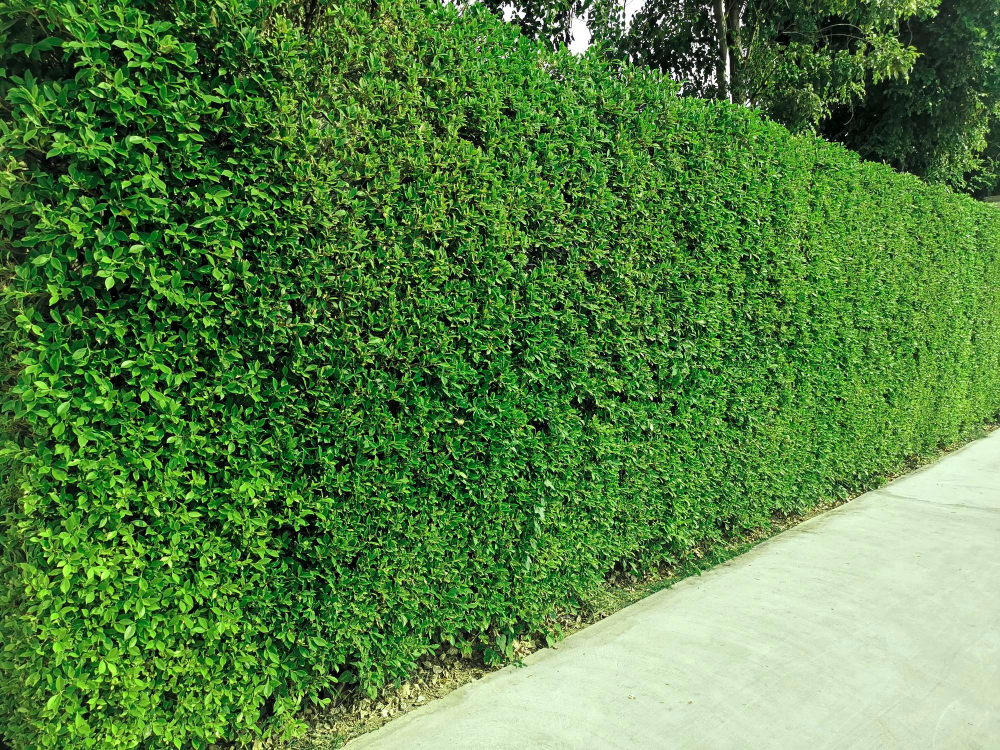
One of the best substitutes is Privet (Ligustrum), which grows quickly and densely, making it perfect for hedges or topiaries. Another option is Japanese Holly (Ilex crenata), which has small leaves and a compact growth habit similar to boxwood.
For those who prefer something with more color, Barberry (Berberis) is an excellent choice. It comes in various shades of green, yellow, red and purple foliage that add interest to any garden design.
Another fast-growing substitute worth considering is Euonymus fortunei ‘Coloratus’. This evergreen shrub features dark green leaves with white veins on its upper surface while its underside has reddish-purple hues.
The plant’s dense growth habit makes it ideal as a hedge or border plant.
G. Compact Alternatives to Boxwood
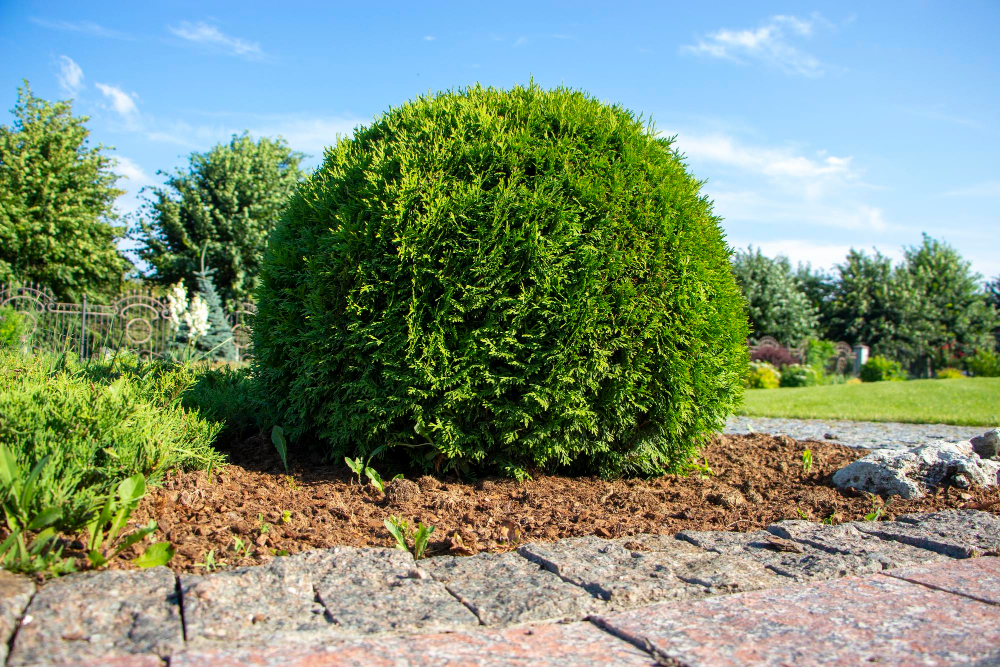
One great option is dwarf Japanese holly (Ilex crenata ‘Compacta’). This evergreen shrub has small leaves and grows slowly, making it perfect for creating a formal hedge or border.
Another excellent choice is Korean boxwood (Buxus microphylla var. Koreana).
It’s an evergreen shrub with glossy green foliage that can be pruned into various shapes and sizes. The plant grows up to 3 feet tall and wide, making it ideal for smaller gardens or as an accent in larger landscapes.
For those who prefer deciduous plants over evergreens, consider using dwarf fothergilla (Fothergilla gardenii) instead of boxwood. This native American plant has blue-green leaves that turn brilliant shades of orange-red in fall before dropping off for winter dormancy.
H. Colorful Foliage Boxwood Alternatives
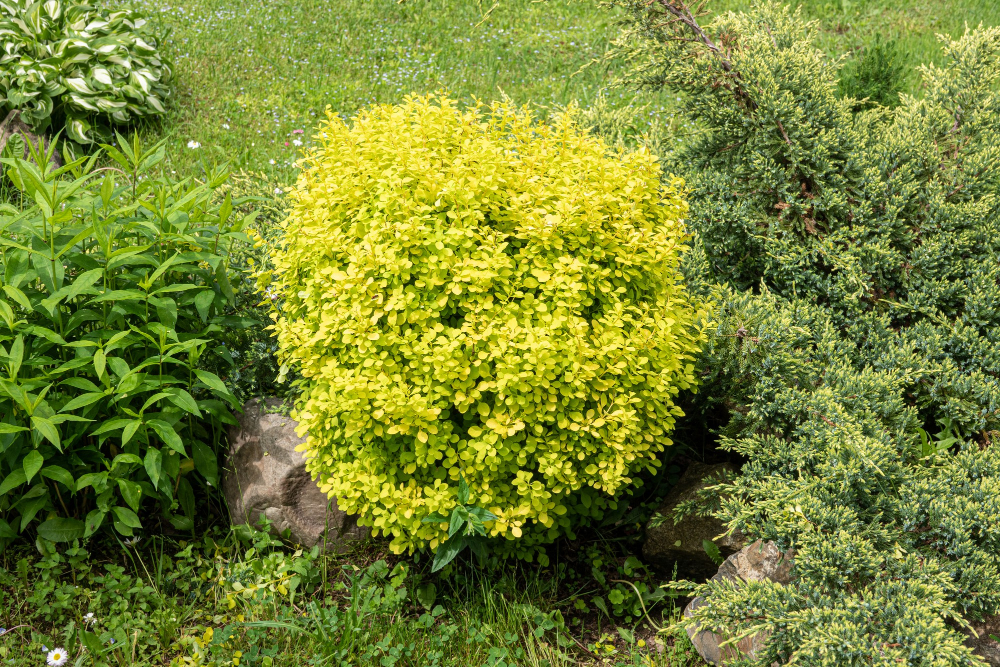
These plants come in a variety of colors and textures that can complement any landscape design. Some popular options include Japanese Barberry, which has vibrant red or purple leaves; Smokebush with its smoky pink or purple foliage; and Ninebark with its deep burgundy leaves.
Another great option is the Golden Euonymus, which has bright yellow-green leaves that turn golden in fall. This plant is low-maintenance and easy to grow, making it an excellent choice for beginners.
For those who prefer something more unique, consider Coral Bark Maple – this tree boasts stunning coral-red bark during winter months while displaying green summer foliage turning into brilliant shades of orange-red in autumn.
I. Native Options for Replacing Boxwood

Native plants are adapted to the local climate and soil conditions, making them easier to maintain than non-native species. Plus, they provide important habitat for local wildlife.
Some great native options include:.
- Inkberry Holly: This evergreen shrub has glossy leaves and produces small black berries that attract birds.
- Virginia Sweetspire: A deciduous shrub with fragrant white flowers in the spring and stunning red foliage in the fall.
- Winterberry Holly: Another deciduous holly that loses its leaves in winter but produces bright red berries that persist through winter.
J. Fruit-Producing Boxwood Alternatives
Fruit-bearing shrubs are an excellent way to add some color and texture to your garden while providing delicious treats throughout the year. Some of these plants can even be used as hedges or topiaries, making them perfect substitutes for boxwood.
One such plant is the blueberry bush. Blueberries are easy to grow and maintain, producing sweet berries in late spring through early summer.
They come in various sizes and colors, so it’s easy to find one that fits your garden’s aesthetic.
Another option is the elderberry bush which produces clusters of small black or red berries that can be used in jams or pies. Elderberries also have medicinal properties known since ancient times.
Lastly, consider planting a fig tree instead of using boxwoods as ornamental trees with dense foliage suitable for shaping into topiary forms like spirals.
K. Edible Boxwood Replacements

One of the most popular is the blueberry bush. Not only do they produce delicious fruit, but their foliage also turns a beautiful red in the fall.
Another option is rosemary, which has fragrant leaves that can be used in cooking or as an ornamental plant.
For those who want something more unusual, consider planting dwarf citrus trees like kumquats or calamondins instead of boxwood shrubs. These small trees have glossy green leaves and produce tiny fruits that are perfect for snacking on.
When choosing edible alternatives to boxwood, it’s important to keep in mind your climate zone and soil type since some plants may not thrive under certain conditions.
L. Using Ornamental Grasses As Boxwood Substitutes
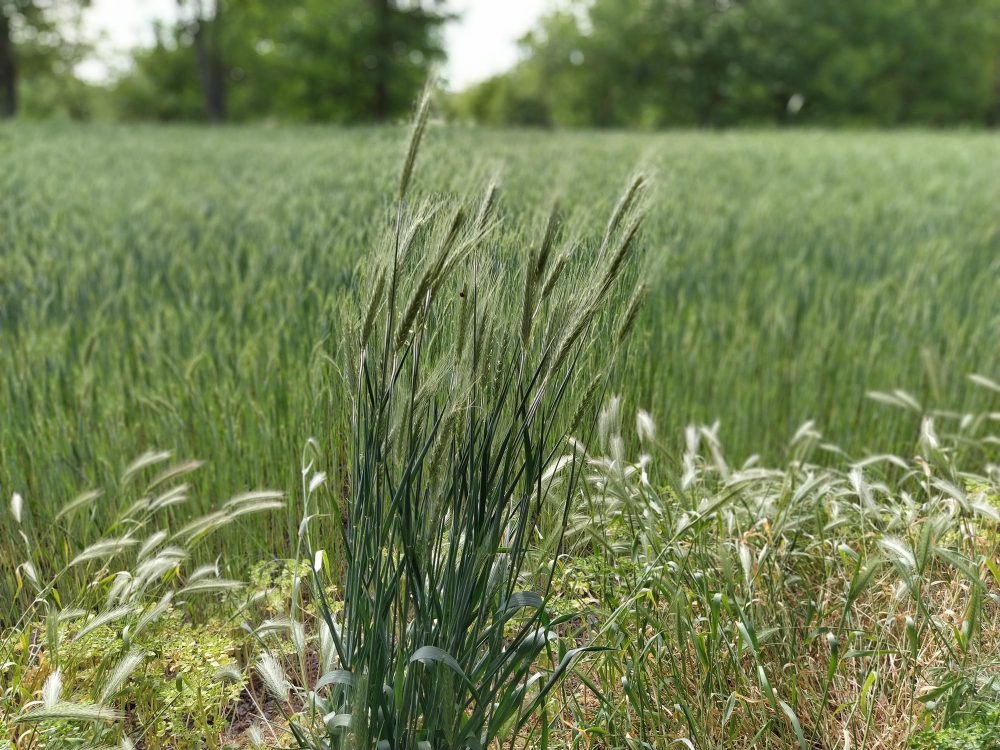
These plants are versatile and come in various colors, textures, and sizes that can add interest to your garden or landscape design. Ornamental grasses require minimal care compared to boxwood since they don’t need pruning or shaping regularly.
One of the best things about using ornamental grasses as a substitute for boxwood is their ability to create movement in your garden. The gentle sway of tall feather reed grass (Calamagrostis x acutiflora) or switchgrass (Panicum virgatum) adds an element of gracefulness that’s hard to achieve with traditional shrubs like boxwoods.
Another advantage is their adaptability – many varieties thrive in different soil types and light conditions making them suitable for almost any location. For example, blue fescue (Festuca glauca) prefers well-drained soil while Japanese forest grass (Hakonechloa macra ‘Aureola’) thrives in moist areas with partial shade.
Ornamental Grasses also offer year-round interest; some species have attractive seed heads during winter months when other plants go dormant.
M. Formal Hedge Options Beyond Boxwood

However, there are many other options available that can give you the same formal look without using boxwood.
One great alternative is yew (Taxus spp.), which is an evergreen shrub with dark green foliage that grows well in full sun to partial shade. Yew can be pruned into a variety of shapes and sizes, making it perfect for creating formal hedges or topiaries.
Another option is privet (Ligustrum spp.), which comes in both deciduous and evergreen varieties. Privet has small leaves that make it easy to shape into neat rows or geometric patterns.
For those looking for something more unique, consider using hornbeam (Carpinus betulus) or beech (Fagus sylvatica). Both of these trees have dense foliage that responds well to pruning and shaping.
They also offer beautiful fall color when their leaves turn shades of yellow, orange, and red.
N. Perennials As Boxwood Substitutes
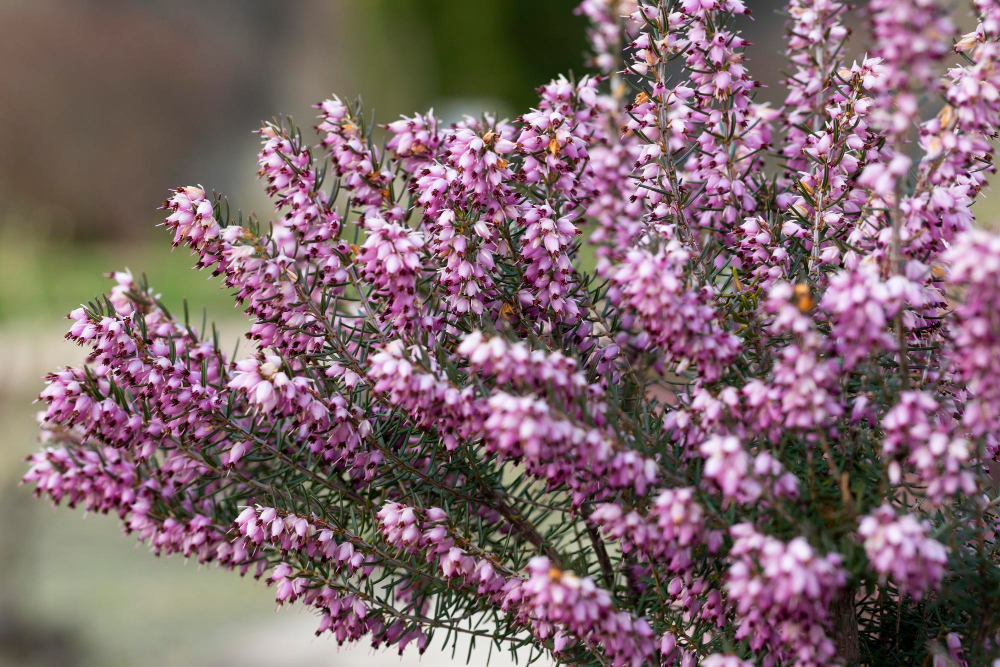
They come back year after year, require minimal maintenance, and offer a wide range of colors and textures that can add interest to your landscape design. Some popular perennials that make excellent substitutes for boxwood include lavender, heather, yarrow, and sedum.
Lavender is an evergreen perennial with fragrant purple flowers that bloom in the summer months. It’s drought-tolerant once established and requires full sun exposure.
Heather is another evergreen perennial with needle-like foliage in shades of green or gray-green. It produces pink or white flowers from late winter through spring when most other plants are still dormant.
Yarrow has fern-like leaves with clusters of small daisy-like flowers on tall stems above the foliage during summer months. Yarrow comes in many different colors including yellow, reds & pinks which makes it perfect as an alternative to Boxwood if you’re looking for something colorful!
Sedum is a succulent plant known for its fleshy leaves which store water making them drought tolerant! Sedums come in many different varieties ranging from low-growing groundcovers like ‘Dragon’s Blood’ Sedum up to taller upright varieties like Autumn Joy Sedum which can reach 2 feet tall!.
Understanding Boxwood Blight, Low-Maintenance Boxwood Substitutes, Evergreen Alternatives to Boxwood, Deciduous Shrubs for Boxwood Replacement, Drought-Tolerant Boxwood Replacements, Cold-Resistant Boxwood Alternatives, Fast-Growing Boxwood Substitutes, Dwarf Alternatives to Boxwood, Boxwood Alternatives With Colorful Foliage, Native Plants to Replace Boxwood, Fruit-Bearing Boxwood Alternatives, Edible Boxwood Substitutes, Ornamental Grasses As Boxwood Replacements, Formal Hedge Alternatives to Boxwood, Using Perennials As Boxwood Substitutes
Boxwood blight is a fungal disease that has been affecting boxwoods in North America since 2011. It causes leaf spots, defoliation, and can ultimately kill the plant.
Unfortunately, there is no cure for this disease once it infects your plants.
This means that if you have boxwoods in your garden or home decor and want to avoid the risk of infection or simply want low-maintenance options with similar aesthetics as boxwoods – then exploring alternative options may be necessary.
Low-Maintenance Boxwood Substitutes.
If you’re looking for low-maintenance evergreen alternatives to replace your beloved boxwoods without sacrificing their aesthetic appeal – consider using shrubs like holly bushes (Ilex), yew shrubs (Taxus), junipers (Juniperus) or even dwarf conifers such as Hinoki cypress ‘Nana Gracilis’ which are slow-growing but require minimal pruning.
Deciduous Shrubs for Boxwood Replacement.
For those who prefer deciduous plants over evergreens- hydrangeas(Hydrangea paniculata) , smokebush(Cotinus coggygria), ninebark(Physocarpus opulifolius) are great choices because they offer beautiful foliage colors throughout different seasons while still maintaining an elegant look when pruned properly.
Drought-Tolerant & Cold-Resistant Alternatives.
If drought-tolerance is a priority due to water restrictions where you live then consider planting succulent sedums(Sedum spp.), Russian sage(Perovskia atriplicifolia ), lavender(Lavandula angustifolia )or ornamental grasses like feather reed grass(Calamagrostis x acutiflora). For cold-resistant substitutes, consider using box huckleberry(Gaylussacia brachycera), inkberry(Ilex glabra) or wintergreen Gaultheria procumbens.
Fast-Growing & Dwarf Alternatives.
If you’re looking for fast-growing alternatives to boxwoods that will fill in your garden quickly, then try planting privet(Ligustrum spp.), barberries(Berberis thunbergii )or even euonymus(Euonymus fortunei). For those who want dwarf options – try the Japanese spurge(Pachysandra terminalis), creeping phlox(Phlox subulata) or miniature hostas(Hosta spp.).
Boxwood Alternatives with Colorful Foliage.
For those who love colorful foliage- consider using plants like heucheras(Heuchera sanguinea ), coral bells (Heucherella ‘Sweet Tea’), variegated dogwood(Cornus alba ‘Elegantissima’) and golden ninebark (Physocarpus opulifolius ‘Dart’s Gold’).
Native Plants to Replace Boxwood.
If you prefer native plants over exotic ones – then explore substitutes such as bayberry(Myrica pensylvanica), spicebush(Lindera benzoin) and sweetfern(Comptonia peregrina).
Fruit-Bearing & Edible Substitutes.
For a unique twist on traditional shrubs- plant fruit-bearing varieties like blueberries(Vaccinium corymbosum ), currants(Ribes rubrum )and elderberries(Sambucus canadensis ). If edible landscaping is more your style than check out herbs like rosemary(Rosmarinus officinalis ), sage(Salvia officinalis )and thyme(Thymus vulgaris ).
Ornamental Grasses as Boxwood Replacements.
Lastly, ornamental grasses are an excellent option for replacing formal hedges. Try planting maiden grass(Miscanthus sinensis), fountain grass(Pennisetum alopecuroides) or switchgrass(Panicum virgatum).
There are plenty of alternatives to boxwoods that can provide the same aesthetic appeal without the risk of blight and high maintenance costs.
FAQ
What shrub resembles boxwood?
The shrub that resembles boxwood is Ilex glabra, commonly known as inkberry, as it has small elongated leaves and behaves similarly to boxwood.
What is the difference between soft touch holly and boxwood?
The difference between soft touch holly and boxwood is that boxwood is larger with slightly bigger leaves, while they differ in flower and berry colors, native regions, and classification.
What evergreen looks like boxwood?
The evergreen that looks like boxwood is Japanese Holly (Ilex crenata).
Which is better boxwood or Japanese holly?
Answer: The Japanese Holly is better for low-lying shrubbery and ground cover due to its slower growth rate compared to the average boxwood.
What are the best low-maintenance alternatives to boxwood for landscaping?
The best low-maintenance alternatives to boxwood for landscaping include Japanese holly, inkberry, and dwarf yaupon holly.
How do the growth rates of boxwood and its alternatives compare?
Boxwood typically grows slowly, while its alternatives often exhibit faster growth rates.
Can dwarf varieties of other shrubs be used as substitutes for boxwood in a garden setting?
Yes, dwarf varieties of other shrubs can be used as substitutes for boxwood in a garden setting.
Recap
Liked this article? Here's what you can read next:

